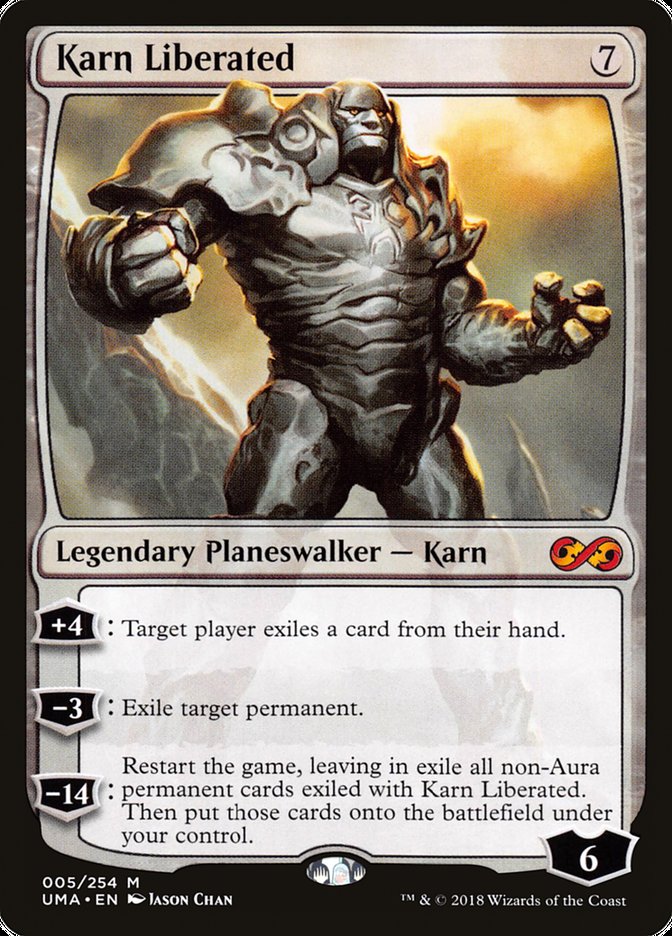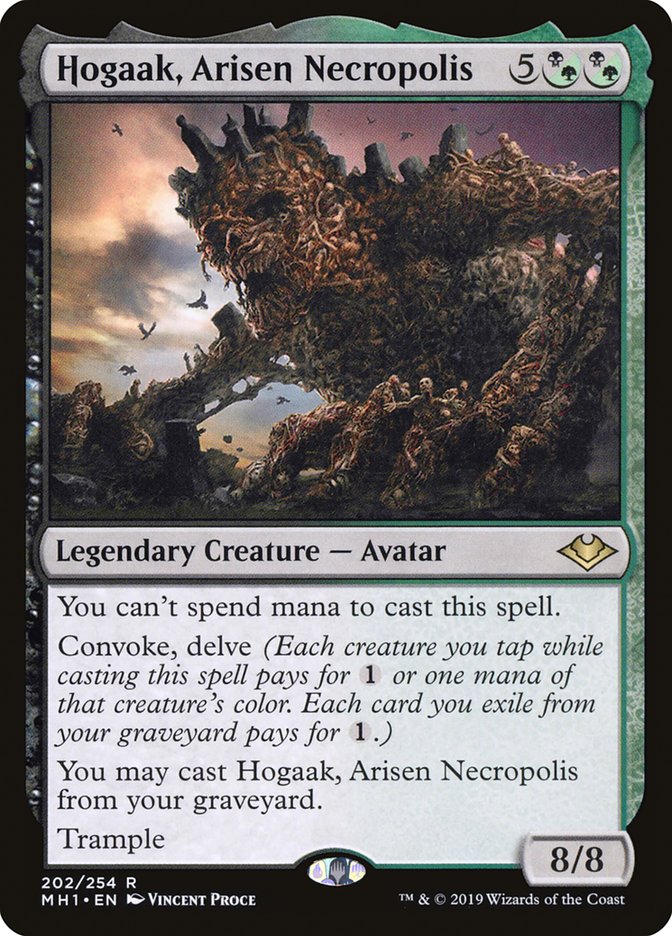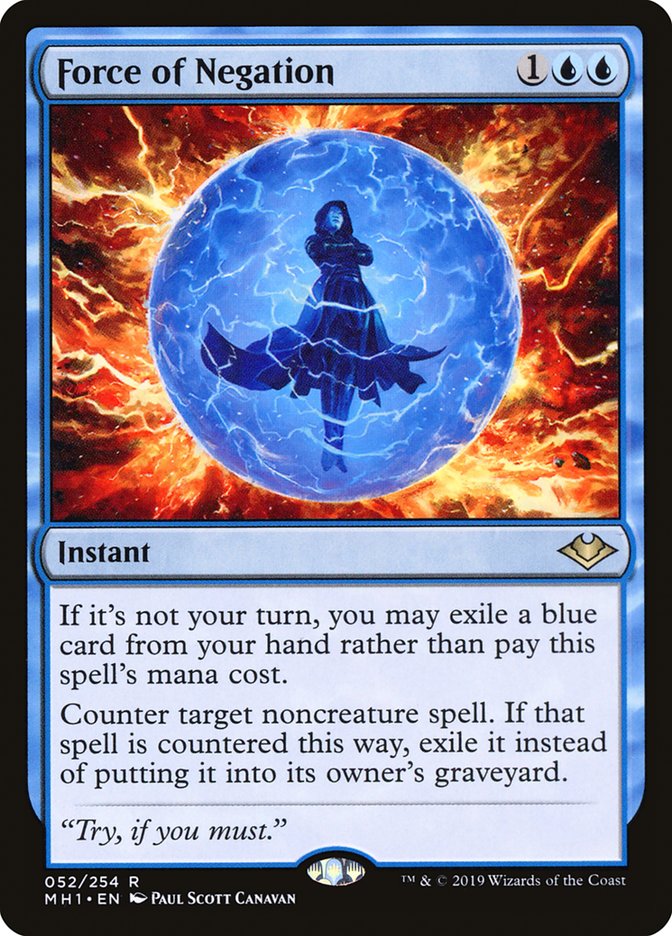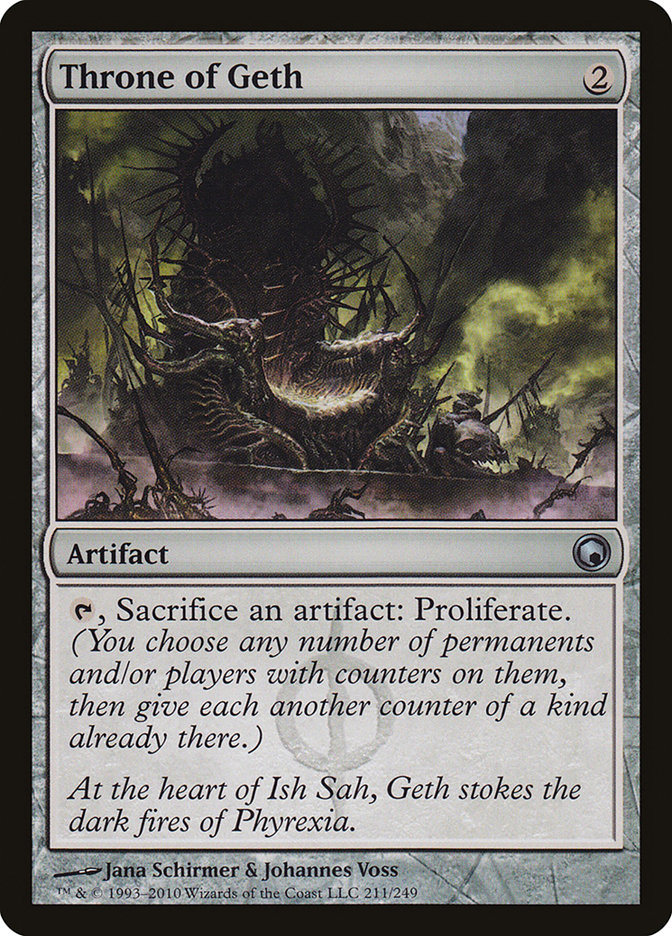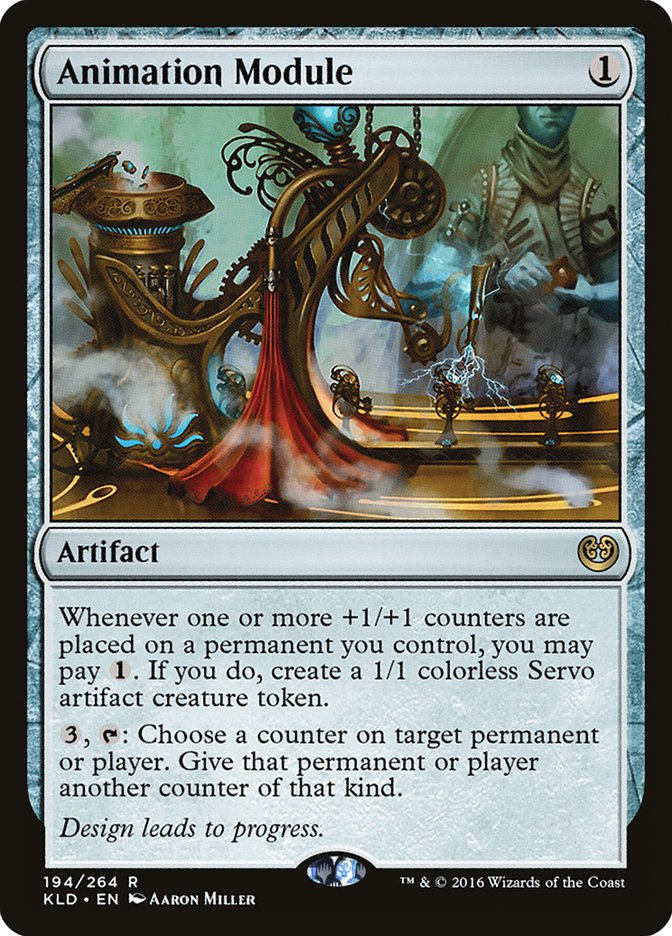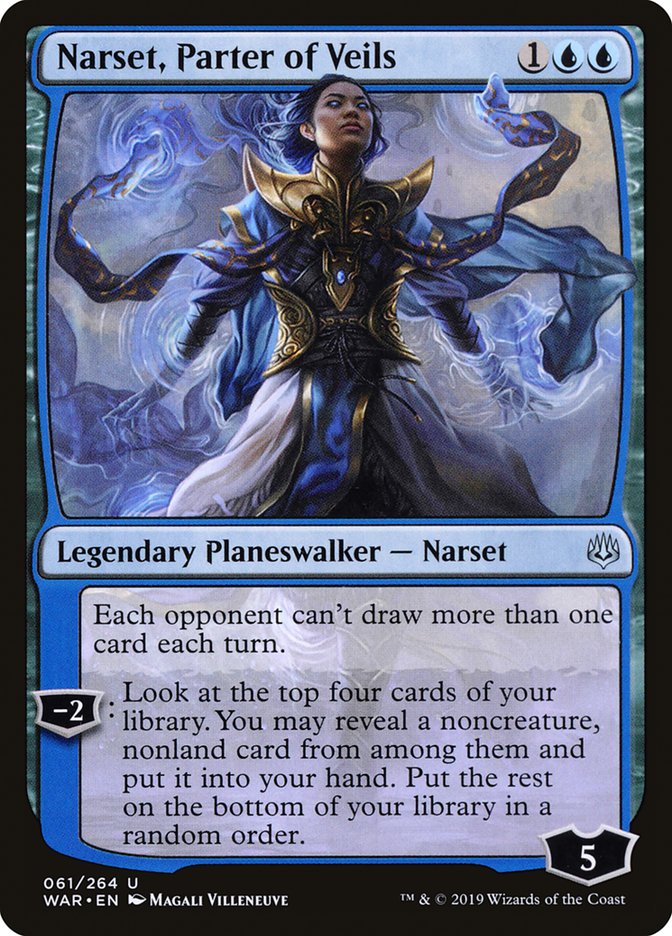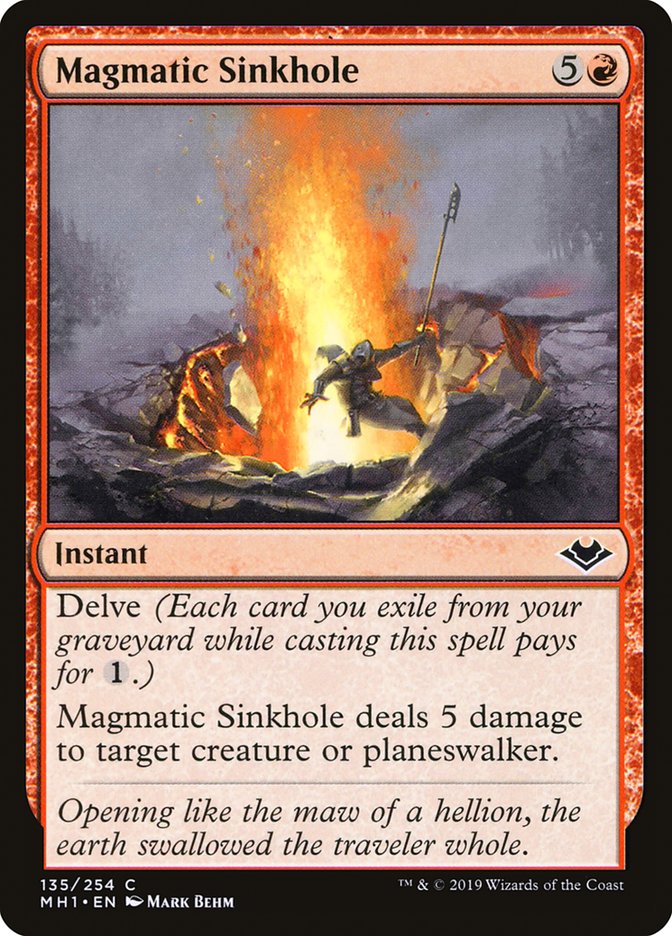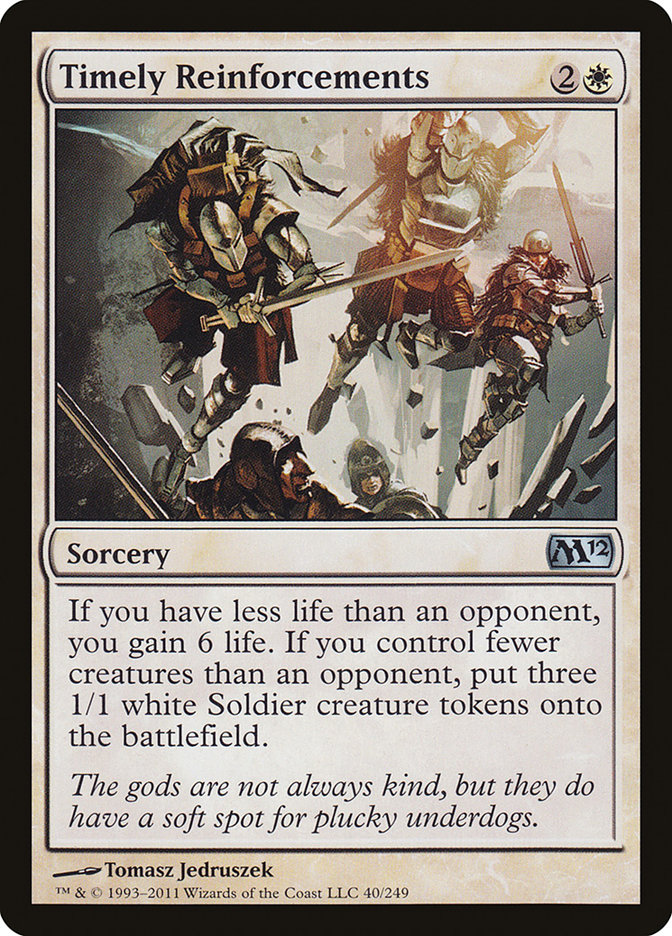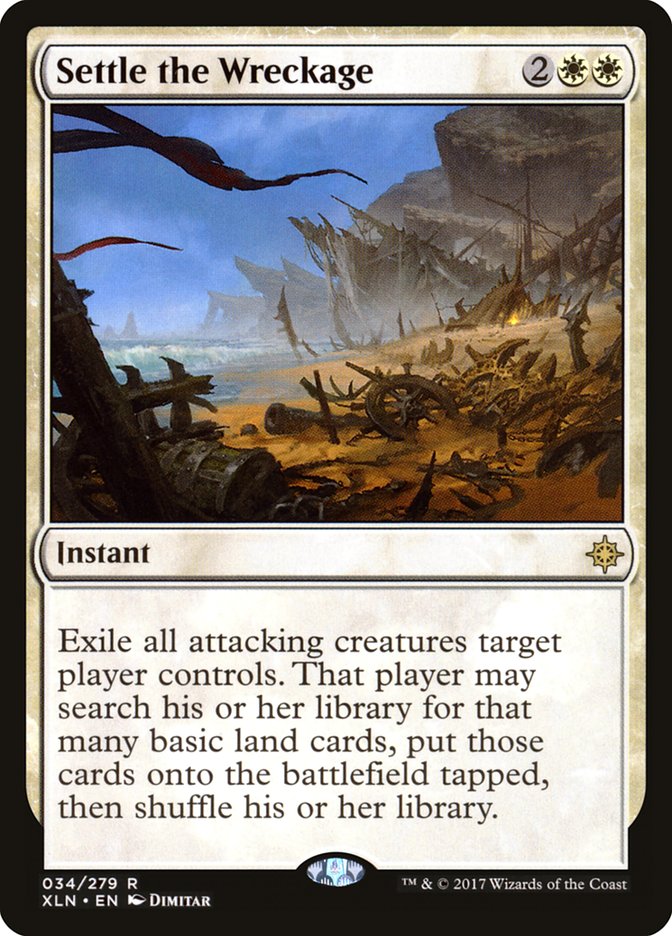There are many ways to categorize Magic players, but one of the oldest distinctions is between the brewer and the tuner. The brewer’s job is to fabricate decks whole-cloth, while the tuner’s task is to turn those decks into flawless instruments of death. Many excellent articles have been written about the brewing process, but this will not be one of them because I am a tuner and this is an article about the tuning process. Today, I will address a fundamental aspect of that process:
How many copies of each card should you register?
This is an incredibly broad area, so in order to pare down the amount of content I need to cover and to help you prepare for either SCG Columbus or Mythic Championship IV this weekend, I’ll focus on the Modern format. If you’ve been debating your last few slots for either event, you’ve come to the right place.
How to Decide Between Four Copies and Three Copies
Let me start with this obvious – if you want to draw a card as frequently as possible by the game rules, play four. You generally want to draw a card this frequently for one of two reasons: either the card is necessary for the fundamental functioning of the archetype, or the card is good to draw at every single point in the game. Izzet Phoenix, for example, needs to have Arclight Phoenix or Thing in the Ice every game, or it will spin its wheels and not go anywhere.
A heuristic I have found useful for identifying cards fundamental to the functioning of a deck is this: does your deck mulligan a high percentage of hands that do not contain this card or this class of cards? If you keep many hands that do not contain the card, it is probably not fundamental to you functioning. This heuristic correctly identifies that Humans should play four copies of all its one-drops and Mono-Green Tron decks should play four copies of every land searcher it has access to, even though these cards lose value later in the game. The principle of maxing out cards good at every stage of the game is best illustrated below:
Creatures (5)
Planeswalkers (8)
Lands (24)
Spells (23)

You’ll notice this Azorius Control deck has only three copies of Cryptic Command. This has lately been the industry standard, even though Cryptic Command is incredibly powerful and important for Azorius’s gameplan. The reason for this is simple: in Modern, Turn 4 is the late-game. You simply cannot have many expensive cards stuck in your hand in the early turns. It’s not like a Thalia’s Lieutenant that you’re as happy to draw on Turn 2 as Turn 10. Late-game cards like this are relegated to being three-ofs to avoid having them clog up your draws. By the time the late-game rolls around, you’ll have seen enough cards that you will generally have found copies of your three-ofs.
Legendaries
The highest bar a Magic card can clear is playing the maximum number even when multiple copies directly conflict. In order to overcome the fundamental awkwardness of drawing multiples of such a card, it must either have self-synergy or be so overwhelmingly powerful that if it’s on the battlefield, your opponent cannot win.
Self-synergy for legendaries most commonly applies to planeswalkers. For instance, the second Karn Liberated is typically still great, since exiling three permanents over two turns is almost always game-winning. Partially as a result of this, Mono-Green Tron has played four copies of Karn Liberated since its inception.
Hogaak, Arisen Necropolis is a four-of for the opposite reason: the second copy may be completely dead, but your opponent probably is too. The power level of Hogaak when it draws its namesake card is simply night and day different and it is involved in almost all the deck’s broken draws.
How to Decide Between Three Copies and Two Copies
In general, playing three of a card implies that you prefer to see one copy every game, but to draw two less often than one. Three-ofs must at least do something in every major matchup. It doesn’t necessarily have to be amazing, but it cannot be a stone blank against any popular matchup either. For instance, Surgical Extraction is played in the maindeck of several Modern decks – Mardu Death’s Shadow, Izzet Phoenix, and Azorius Control each run it – but none of those decks will play more than two copies. The card does close to nothing in any matchup not using the graveyard, which implies that two is the absolute limit on maindeck copies, barring a field with an unprecedented amount of graveyard combo decks.
Similarly, the Azorius Control list above plays two copies of Force of Negation, not three, as the card is awful against Hogaak, Humans, and other decks that consist almost entirely of creatures.
Two-ofs are generally cards you’re okay not seeing at all, or something you may want only in the late-game. To illustrate the difference, consider this Hardened Scales list:
Creatures (18)
Lands (20)
Spells (22)
- 4 Welding Jar
- 4 Ancient Stirrings
- 4 Mox Opal
- 2 Throne of Geth
- 4 Hardened Scales
- 1 Evolutionary Leap
- 3 Animation Module
Sideboard

In this deck, you only want Throne of Geth after you’ve cast multiple creatures because putting a counter on a single creature is not worth sacrificing a resource. Additionally, the card is almost completely redundant with itself, as you don’t generally have enough fodder to fuel multiple Thrones at the same time. To make matters worse, Throne tends to be ineffective in matchups like Jund where resources are generally scarce. Because the card is redundant, only good in the late-game, and matchup-dependent, it’s the archetypical two-of, even though it enables Hangarback Walker tricks and contributes to some of the deck’s better mid-game draws.
On the other hand, Animation Module gets the nod as a three-of. The card is still redundant because you almost never have enough mana to utilize the ability on the second copy, and it can be bad against ramp strategies that ignore small creatures. However, casting it early tends to result in many tokens, and casting it late tends to generate a lot of resources. Thus, the card’s strength at every stage of the game, in contrast with Throne of Geth, makes the third correct.
Legendaries, Redux
For legendary cards, a three-of is the default, presupposing you wish to draw it as much as possible but that it isn’t broken or self-synergistic. The best example of such a card in Modern is Narset, Parter of Veils.
Narset is good against every deck in the format and helps the control deck line up its answers, ensuring that it has Path to Exile and Supreme Verdict against Humans and countermagic in the mirror. However, when you’re behind, the first copy is typically just an Impulse that gains some life and the second is often too little, too late. When you’re ahead, replacing the first can be good, but in the matchups where the static ability is relevant, even that can be unimpressive.
Two-of legendary cards generally parallel three-of non-legendaries. If the card is only good in the late-game or is highly redundant, play two instead of three. Jace, the Mind Sculptor doesn’t have any redundancy issues, as you can simply shuffle the second copy away. However, as a four-drop at sorcery speed, it’s even more of a late-game card then Cryptic Command, forcing it to be a two-of.
How Decide Between Two Copies and One Copy
Let’s start with the easy cases. If the card is a tutor target only for a specific matchup or scenario, such as Giver of Runes with Ranger-Captain of Eos out of Mardu Death’s Shadow, then one copy is always correct. Similarly, if your deck has a lot of card selection and there’s an effect that you typically don’t want but is very high-impact when it’s good, running one usually makes sense. This primarily applies to Izzet Phoenix, and recently Azorius Control due to the addition of Narset, explaining things like the industry-standard one Magmatic Sinkhole in the former and one Timely Reinforcements in the latter.
Deciding between two-of and one-of for cards that are not easily findable is among the most subtle and challenging decisions I ever have to make as a tuner. Most people lean far too much towards playing one-of cards when they never, under any circumstances, want to draw two. The chances of drawing both copies of a card that you’re playing precisely two of are extremely small.
Also, if you’re debating playing two one-ofs with fairly similar effects or two of the same card, you should generally lean towards the split if people will not expect (and play into) the less popular card, and the better-positioned two-of if both cards are well-known or expected. The open-decklist metagame of Mythic Championships almost always favors the split. Similarly, if the main disadvantage of an effect is your opponent playing around it, in an open-decklist tournament, playing only one can be correct to force opponents to respect it with the minimum amount of investment.
Right now, I’m in the most painstaking part of my tournament preparation process: writing out sideboard plans and making the numbers work out. If you’re in the same place in your process, I hope this article helped resolve a razor’s-edge decision. If not, would you mind lending me your luck for the weekend?
I will really need it.


